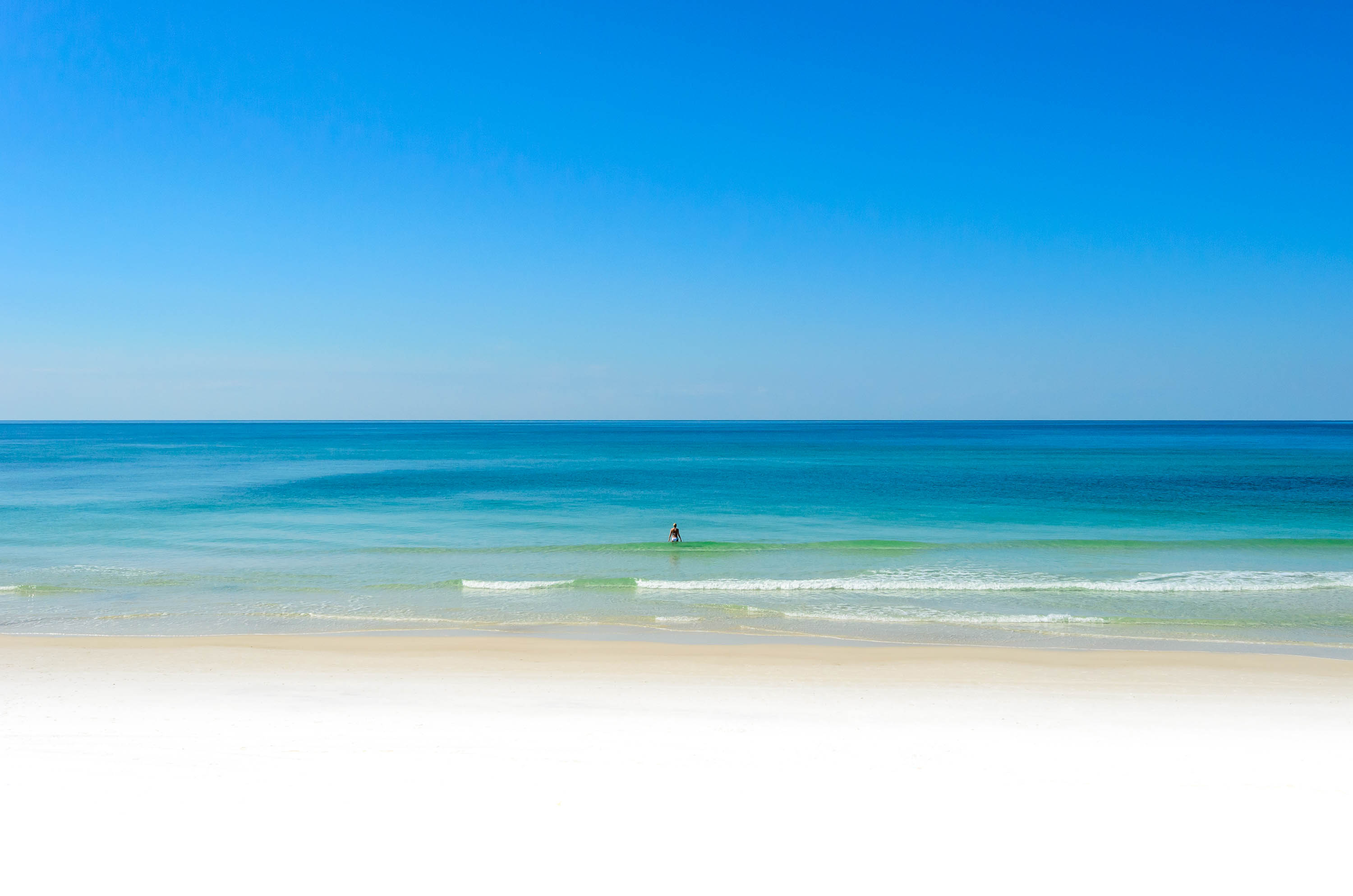"Cracker chic," or the faux-distressed look of poor folks' homes, is all the rage in Florida according to an article by Queena Sook Kim (I met her when she was researching the article at WaterColor) in the Wall Street Journal (subscription required, so the gist is quoted below):
Architect Jim Strickland bought a 40-by-80-foot lot in a posh Gulf Coast resort community. On it, he's building a poor man's home.
With a corrugated-metal roof, a screened-in porch and clapboard siding, Mr. Strickland's new house has many of the same features as the shacks built by some of Florida's early settlers. The style reminds the 60-year-old Atlanta native of a "less formal, and less affected" time.
[?]
Now, several upscale developers and homeowners are embracing the down-at-heels look -- right down to the outhouse, although all these designer projects have plumbing. The trend has even attracted its own, somewhat controversial name: cracker style.
Folksy style: New houses with corrugated-metal roofs and wrap-around porches aim to evoke old Florida shacks.
[?]
"Crackers lived close to nature," says Mike Reininger, a former executive at Walt Disney Co.'s hospitality development group, who is the creative force behind WaterColor, the development where Mr. Strickland is building his home. "The style has a down-home feel." Including lots, houses in the development range from $750,000 to $3 million.
Local folklore has it that the term "cracker" alludes to the sounds of a whip cracking over the wild cattle that early Floridians hunted. Shakespeare used it as a derogatory term to describe boastful ruffians, and British colonizers later adopted it to refer to backwoods settlers throughout the Southeast. According to Dana Ste. Claire, author of the book "Cracker: The Cracker Culture in Florida History," the first significant wave of crackers entered Florida in the 1800s, when the state passed into American hands.
In the early 20th century, crackers were lauded as craftsmen and embraced by some Southerners as a sort of unsung hero akin to the cowboy. But during the civil-rights movement, Malcolm X famously used the term to deride white racists.
Some older Floridians shake their heads at the recent evolution of cracker from a slur to a symbol of architectural chic. Others are bewildered that people would pay big bucks to live in a fancy version of the kind of house that many were happy to leave behind.
"If you have ever been in a cracker home during a thunderstorm," says Curtis Law, a retired Pasco County commissioner who is a fifth-generation Floridian, "you wouldn't want to get back in one."
[?]
At WaterColor, 30 miles outside Panama City in the Florida Panhandle, developers are going beyond architecture to offer the "cracker experience," says Mr. Reininger. Instead of a golf course within the subdivision, WaterColor has fishing pros at a 220-acre natural lake to teach how to bait a hook and reel in a line. Every year, 15,000 bales of pine needles are brought in to hide the white sand and provide a backwoods feel. Large chunks of weathered tree branches are carefully strewn along trails so "it looks like they just fell out of a tree," says head gardener Snookie Parrish.
The desire to get "back to the basics" is what drew Fort Worth native Michelle Coslik and her husband Steve to a two-story, $1 million vacation home in WaterColor, which is being developed by the homebuilding subsidiary of Jacksonville-based St. Joe Co.
Ms. Coslik's home features 1,000 square feet of screened-in porch. The screen door is made of mahogany and fitted with hinges that mute the slam into a sort of soft thud that one WaterColor marketing executive describes as "the sound of growing up in the South." The cost of the door, including handle, is $700.
Ms. Coslik, 36, isn't using her porch to escape the heat as the early settlers once did. She has air conditioning for that. For her, the porch is a place to meditate and practice Yoga. "When I think cracker," she says, "I think of getting back to the essence and away from material aspects of life."

